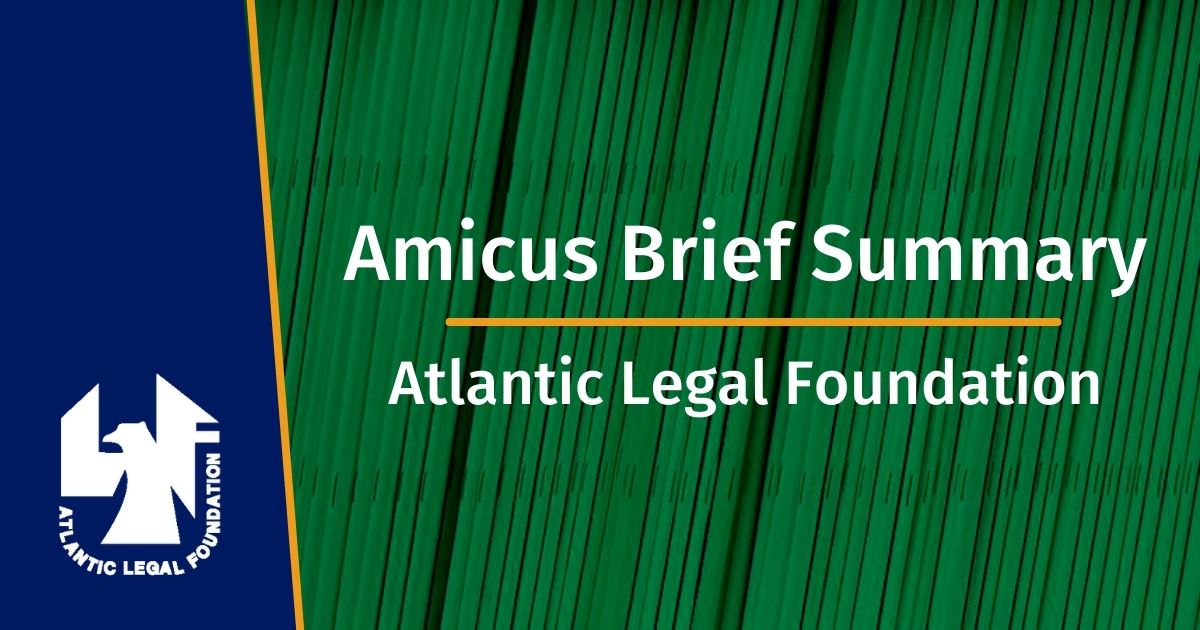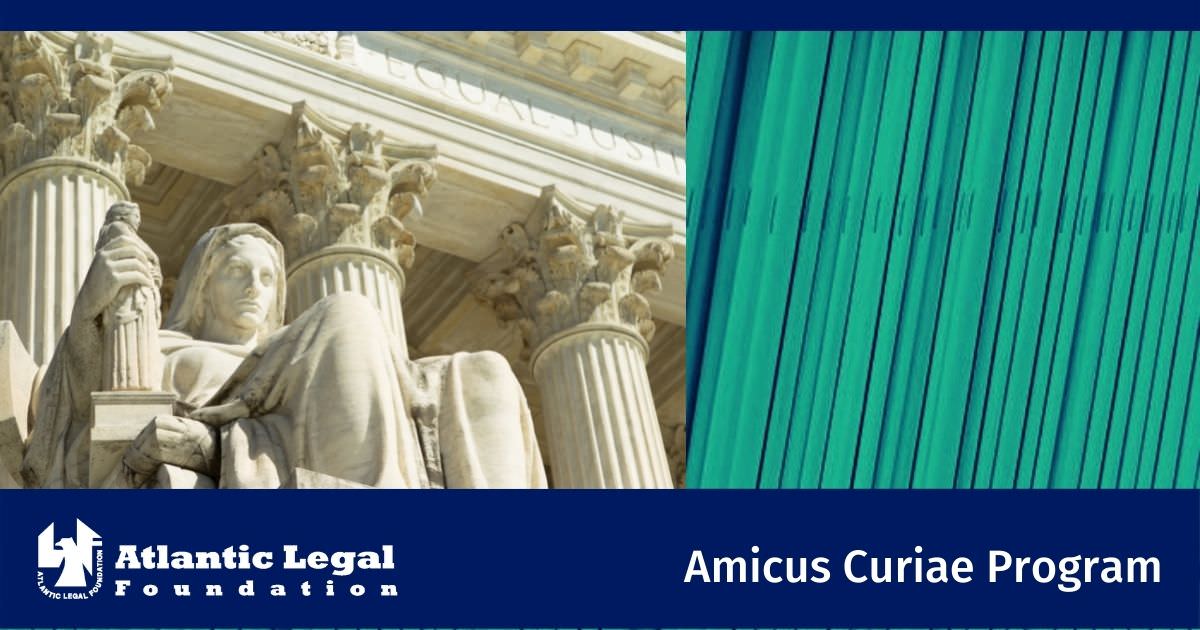
Taking a Stick from a Bundle of Rights is a “Taking”
This case actually involves two moratoria ordered by respondent Tahoe Regional Planning Agency (TRPA) to maintain the status quo while studying the impact of development on Lake Tahoe and designing a strategy for environmentally sound growth. The first, Ordinance 81-5, was effective from August 24, 1981, until August 26, 1983, whereas the second more restrictive Resolution 83-21 was in effect from August 27, 1983, until April 25, 1984. As a result of these two directives, virtually all development on a substantial portion of the property subject to TRPA’s jurisdiction was prohibited for a period of 32 months.
Approximately two months after the adoption of the 1984 plan, petitioners filed parallel actions against TRPA and other defendants in federal courts in Nevada and California that were ultimately consolidated for trial in the District of Nevada. The petitioners include the Tahoe-Sierra Preservation Council, Inc., a nonprofit membership corporation representing about 2,000 owners of both improved and unimproved parcels of real estate in the Lake Tahoe Basin, and a class of some 400 individual owners of vacant lots located either on SEZ lands or in other parts of districts 1, 2, or 3. Those individuals purchased their properties prior to the effective date of the 1980 Compact, primarily for the purpose of constructing “at a time of their choosing” a single-family home “to serve as a permanent, retirement or vacation residence.” When they made those purchases, they did so with the understanding that such construction was authorized provided that “they complied with all reasonable requirements for building.”
Petitioners’ complaints gave rise to protracted litigation that has produced four opinions by the Court of Appeals for the Ninth Circuit and several published District Court opinions. For present purposes, however, the Court need only describe those courts’ disposition of the claim that three actions taken by TRPA—Ordinance 81-5, Resolution 83-21, and the 1984 regional plan—constituted takings of petitioners’ property without just compensation.
Issue Areas:
Property Rights
Case:
Tahoe-Sierra Preservation Council v. Tahoe Regional Planning Agency, (Supreme Court) (merits stage)
Read the Amicus Brief:

Question(s) Presented:
Whether a public agency, acting for the public benefit, may shift the financial burden of its decision to stop development to the shoulders of the property owners directly affected, or whether the public at large must pay the price of that policy choice.
Additional Background:
“Police power regulations such as zoning ordinances and other land-use restrictions can destroy the use and enjoyment of property in order to promote the public good just as effectively as formal condemnation or physical invasion of property. From the property owner’s point of view, it may matter little whether his land is condemned or flooded, or whether it is restricted by regulation to use in its natural state, if the effect in both cases is to deprive him of all beneficial use of it. . . . It is only logical, then, that government action other than acquisition of title, occupancy, or physical invasion can be a “taking,” and therefore a de facto exercise of the power of eminent domain, when the effects completely deprive the owner of all or most of his interest in the property.”
San Diego Gas & Elec. Co. v. City of San Diego, 450 U.S. 621, 652-53 (1981)(hereafter “San Diego Gas & Elec. Co.“) (Brennan, J., dissenting).
ALF’s Amicus Brief:
In an amicus brief, ALF argues that property rights protected from uncompensated takings by the Constitution of the United States include not only the right of exclusion, but also use rights. Ownership consists of three separate incidents: possession, use, and disposition. As the Court in United States v. General Motors Corp. expressed it:
“The critical terms [of the takings clause] are ‘property,’ ‘taken’ and ‘just compensation.’ [These terms] have been employed in a more accurate sense to denote the group of rights inhering in the citizen’s relation to the physical thing, as the right to possess, use and dispose of it. In point of fact, the construction given the phrase has been the latter.” 323 U.S. 373, 377-378 (1945).
“. . .[P]ossession, use and disposition do not form a random
list of incidents; they form the core of a comprehensive and coherent idea of ownership.” R.Epstein, TAKINGS:PRIVATE PROPERTY AND THE POWER OF EMINENT DOMAIN 57 (1985). Use rights are inextricably linked with the right of possession, contemplated in the price of exchanging goods and land. Indeed, few transactions of property would take place if the right to use property were not included in the right of ownership. Separation of use rights from ownership effectively allows governments to extinguish all value an owner derives from possession of his property, which is prohibited without compensation to all governments subject to the U.S. Constitution.
If a government is allowed to take property rights without paying compensation, then its constituent tax payers will not internalize the costs of regulations. The takings clause, not only protects minorities from the tyranny of the majority but “prevent[s] the public from placing upon one individual more than his just share of the burdens of government, and says that when he surrenders to the public something more and different from that which is exacted from other members of the public, a full and just equivalent shall be returned to him.” Monongahela Navigation Company v. United States, 248 U.S. 312, 325 (1893). The burdens of public policy should be borne by the public as a whole, not by specific individuals.
The taking of a property right, though temporary, still imposes a substantial burden on certain individuals, and not the public, or on politicians, for the public benefit, for which the Constitution requires compensation. “These cases reflect the fact that ‘temporary’ takings which, as here, deny a landowner all use of his property, are not different in kind from permanent takings, for which the Constitution clearly requires compensation.”First English Evangelical Lutheran Church v. County of Los Angeles, 482 U.S. 304, 318 (1987). It is axiomatic that the Fifth Amendment’s just compensation provision is “designed to bar Government from forcing some people alone to bear public burdens which, in all fairness and
justice, should be borne by the public as a whole.” Id.
ALF asks this Court to fulfill its duty to safeguard the rights of property owners from arbitrary uncompensated takings.
Status:
On April 23, 2002, the Supreme Court issued an adverse opinion.
Date Originally Posted: September 18, 2001





